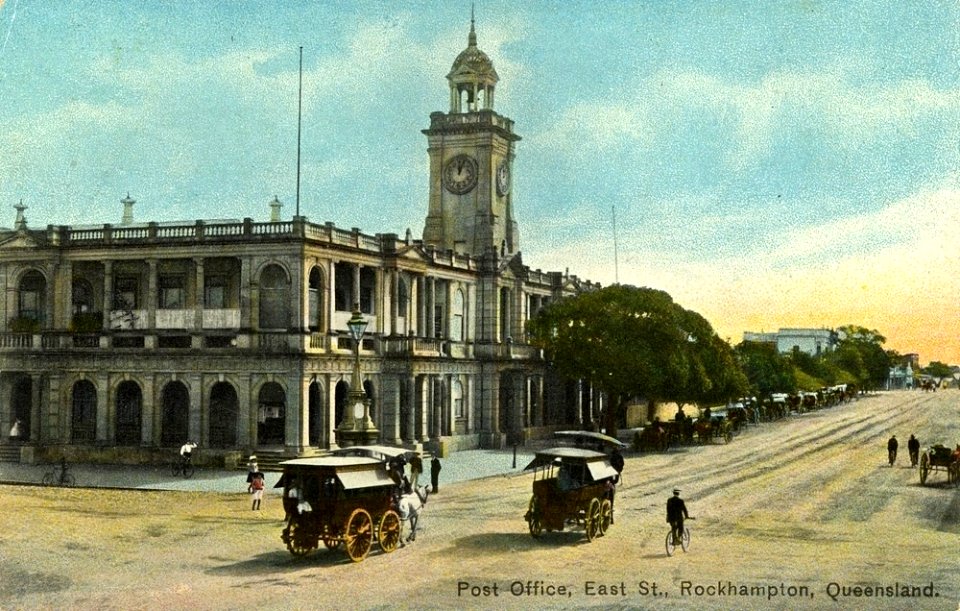
Rockhampton anchors Central Queensland’s economy, blending cattle, health, education and transport with access to the Capricorn Coast. Families cluster in Norman Gardens and Frenchville, professionals stay near the Base Hospital and CBD, and retirees favour coastal villages. Kit homes match this mix: flexible family layouts, compact worker cottages and granny flats that add space or rental income without blowing out budgets or timelines in a market where certainty matters.
Summers are hot and wet, and interiors can trap humidity if the shell is not designed well. Steel‑framed kit homes handle the climate with reflective roofing, deep eaves, cross‑ventilation paths and higher insulation levels that keep bedrooms cooler overnight. In Parkhurst and Berserker, these features reduce peak energy use, while on breezy headlands around Yeppoon they stabilise comfort during changeable onshore winds.
The Fitzroy River’s broad floodplain exposes low‑lying pockets, especially around Depot Hill and parts of Port Curtis. Elevated kit homes, vented subfloors and flood‑tolerant linings shorten recovery time after an event. Locating switchboards and services above modelled levels, plus using tiled wet areas and resilient floor finishes, protects value. Buyers should compare council flood mapping when choosing lots in new estates or infill streets.
Bushfire exposure increases toward the foothills of Mount Archer and in rural‑residential pockets around Limestone Creek. A BAL‑compliant design—ember‑screened vents, toughened glazing and non‑combustible cladding—reduces risk without sacrificing street appeal. Many kit home suppliers document BAL options upfront, so pricing is transparent early. Modular homes show how these features integrate neatly, making compliance simpler during approvals and faster for local certifiers to sign off.
ABS 2021 indicates roughly two‑thirds of dwellings are owner‑occupied and around one‑third rented across the Rockhampton area. Families dominate Frenchville and Norman Gardens, while workers and students favour inner suburbs close to TAFE and the hospital. Granny flats are increasingly used for multi‑generational living or studio rentals. This mix rewards adaptable floor plans, separate entries and acoustic separation between primary living and secondary accommodation.
Traditional projects compete with mining and infrastructure work for trades, stretching schedules and inflating quotes. Pre‑engineered kit homes cut wasted labour and reduce weather delays because frames and components arrive ready to assemble. Many owners report total savings in the order of twenty to thirty percent compared with like‑for‑like custom builds, plus a shorter critical path from slab to lock‑up—useful when finance conditions and rents are moving.
Rockhampton’s long‑running role as a service hub underpins steady rental demand, with gross yields commonly around five percent depending on suburb and dwelling size. Investors prioritise build speed to begin income sooner; kit homes deliver here, and a well‑placed granny flat can lift combined returns. Proximity to employment in the CBD, the hospital and defence facilities supports occupancy, while coastal villages draw seasonal tenants seeking sea breezes.
SEIFA results vary locally: Frenchville and Norman Gardens score above average on advantage, while Berserker and Depot Hill are more constrained. The same kit home shell can be specified differently to suit each price band—timber‑look cladding and higher insulation in advantaged pockets, robust low‑maintenance finishes for harder‑working rentals. This flexibility helps builders and owners tune specification without redesigning the structure or delaying approvals.
A thin local contractor pool means delays if one trade falls through. Kit homes lower dependency by simplifying scopes, allowing smaller crews to progress framing, cladding and internal fit‑out quickly. Clear engineering, bill‑of‑materials accuracy and documented installation sequences reduce variations. For remote coastal sites near Lammermoor or Mulambin, fewer deliveries and shorter on‑site duration also minimise weather risk and disruption to neighbours.
Energy costs make good envelope design non‑negotiable. Thoughtful kit home specifications—higher R‑values, airtightness attention at junctions, shading, ceiling fans and solar‑ready roof layouts—lower bills from day one. Rainwater storage and durable, low‑VOC linings suit humid summers. A single mention for context: many buyers compare kit homes with prefabricated homes on sustainability; either way, performance‑first detailing matters more than labels.
Frenchville offers family‑friendly streets near schools; Norman Gardens blends growth and parks; Berserker provides entry‑level buying close to services. Along the Capricorn Coast, Yeppoon, Cooee Bay, Taranganba, Lammermoor, Mulambin, Emu Park and Zilzie attract sea‑changers. Designs with breezeways, shaded decks and corrosion‑resistant fixings suit these suburbs, while cyclonic tie‑downs and stainless fasteners protect longevity in salty, wind‑exposed settings.
Rockhampton’s challenge is predictable delivery in a climate of heat, floods and competition for trades. Kit homes meet that brief: engineered for local hazards, priced transparently and assembled quickly by smaller crews. Used thoughtfully—with site‑responsive elevation, BAL options where needed and well‑chosen finishes—they provide reliable housing for families, retirees and investors across the city and its coastal neighbours on the Capricorn Coast.
Thanks for getting in touch. One of our team members will respond to you as soon as possible.
Address: Brighton QLD 4017
Email: info@kithomes.au
Copyright © Kit Homes Nation-Wide Pty Ltd 2024. All Rights Reserved.
Privacy Policy | Disclaimer